|
Numbers are all around us, and they play a big part in our lives. Many people might think that math is just something they are required to learn in school, but understanding numbers, also known as "number sense," is super important in real life too! It helps with everyday problem solving and making smart choices. Understanding numbers is a confidence booster and something of a super power that helps us in the real world. Teaching kids number sense is necessary to help them function successfully in real life. Here are some examples that may help your students understand why they are learning about numbers. Imagine you're at a store, and you want to buy a toy. You need to know how much it costs and how much money you have. That's where number sense comes in. It helps you figure out if you have enough money to buy that awesome game or if you need to save a little more. Number sense makes everyday problem-solving easier! It also helps with making smart choices. Let's say you're planning a birthday party, and you need to know how many cupcakes to bake or how many friends to invite. Number sense helps you make those decisions, so your party turns out just right. When you understand numbers, you feel more confident in everything you do with math. Whether it's doing homework, playing math games, or even just counting your candy, number sense gives you the power to tackle math challenges with a big smile. Think of number sense as a real-life superpower. It helps you understand money, time, and measurements. You'll use it daily, whether you're budgeting your money, planning a trip, or even cooking your favorite meal. Think about how math sometimes feels like a tricky puzzle. Students often seemed overwhelmed and confused as they try to figure out the puzzle. Well, number sense is like having a magic key to unlock those puzzles. It helps them add, subtract, multiply, and divide numbers like a pro. When math is easy, it's more fun! Here are some ways to teach math in the classroom so students are more engaged and able to understand how it works. Teaching Number Sense in the Classroom1. Math Adventures and Hands-on Learning: Start with everyday stuff. Let students count and group toys, buttons, or snacks. Count books, pencils, or even footsteps. Ask questions like, "Can you find seven red buttons?" or "How many pencils do we have?" or "How many paper clips do you have?" This makes math real and relatable. 2. Games are a game-changer in the classroom. Try "I Spy" with numbers, "Math Bingo", "Number Twister" ,"Number Bingo," "Math Memory," or "Guess the Missing Number." These games make learning feel like play and add in math skills while having fun. 3. Story Telling Math: Create math stories or scenarios. Imagine going on a treasure hunt, where students need to count their steps to find the hidden treasure. It's math with a story twist! 4. Math Puzzles and Riddles: Challenge young minds with math puzzles and riddles. These are like brain workouts that make kids smarter while having fun. They boost problem-solving skills and number sense. 5. Real-Life Math: Show them that math is everywhere. Involve them in cooking (measuring ingredients), shopping (calculating change), or planning (measuring distances on a map). Ideas for Parents to Nurture Number Sense at Home1. Math Conversations: Engage your child in casual conversations about numbers and math concepts. Ask open-ended questions like, "How many ways can we make 10 using addition?" 2. Math Books: Read math-themed books together. Many children's books incorporate math concepts in a story format, making learning more enjoyable. Reading together not only bonds you but also makes math part of your child's bedtime routine. 3. Math Art Projects: Create art using math. For instance, make symmetrical drawings, geometric shapes, or patterns. It helps with pattern recognition and can be a fun way to express math. 4. Math Apps and Websites: Explore kid-friendly math apps and websites. There are plenty of interactive games that make learning math feel like play. 5. Family Math Challenges: Set up friendly math challenges or competitions within the family. For example: Who can count the most objects in a minute? This can motivate kids to apply their number sense skills in a fun way. 6. Math Treasure Hunt: Create your own math treasure hunt at home. Write clues that involve counting, adding, or subtracting. Your child will be the Sherlock Holmes of math! 7. Math Around the House: Integrate math into daily life. Measuring ingredients while cooking or estimating how many socks are in the laundry basket are perfect opportunities. 8. Math Exploration: Encourage exploration by providing materials like measuring tapes, rulers, and scales. Let your child measure objects around the house. As primary school teachers, we have the power to make math come alive for our students. By teaching number sense in an engaging way and offering parents practical ways to reinforce it at home, we're setting the stage for a lifetime of math success. Remember, math is not just about numbers; it's about exploration, discovery, and making sense of the world. Let's work together to make math a joyful journey for our students, both in the classroom and at home! If you are looking for resources that will help with number sense and other math concepts, check out my math activities category for a variety of different options.
Have fun with math and watch your students flourish as they gain more understanding of numbers and how they work. Comments are closed.
|
About Me Charlene Sequeira
I am a wife, mother of 4, grandmother of 9, and a retired primary and music teacher. I love working with kids and continue to volunteer at school and teach ukulele. Categories
All
|

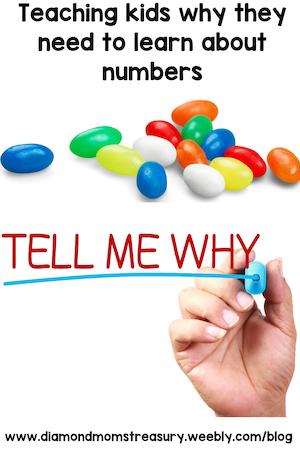
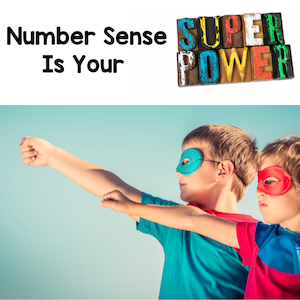
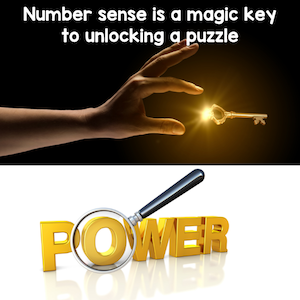
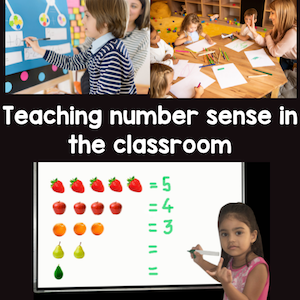
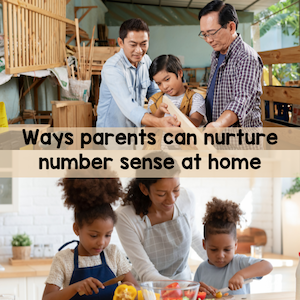
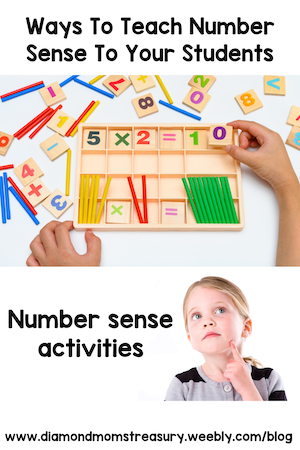





 RSS Feed
RSS Feed